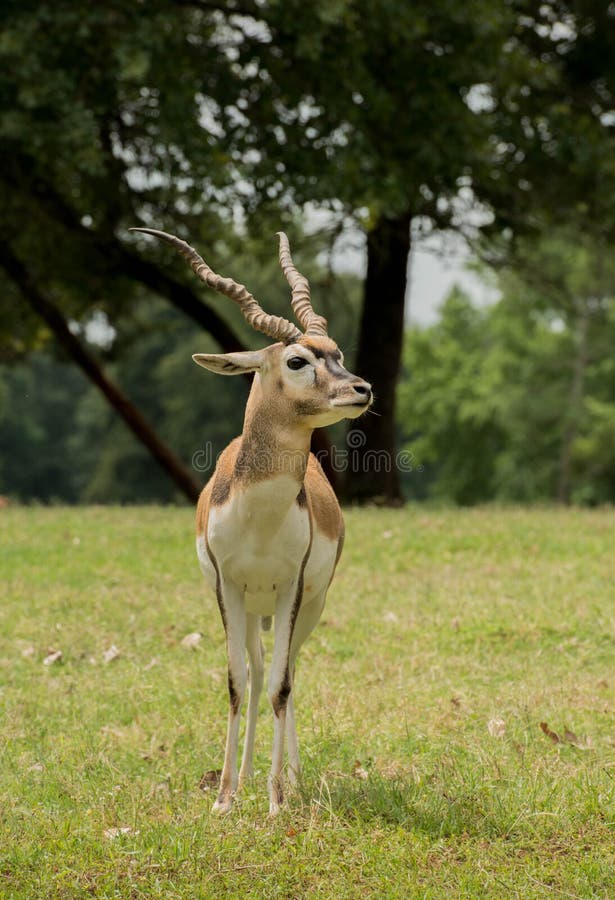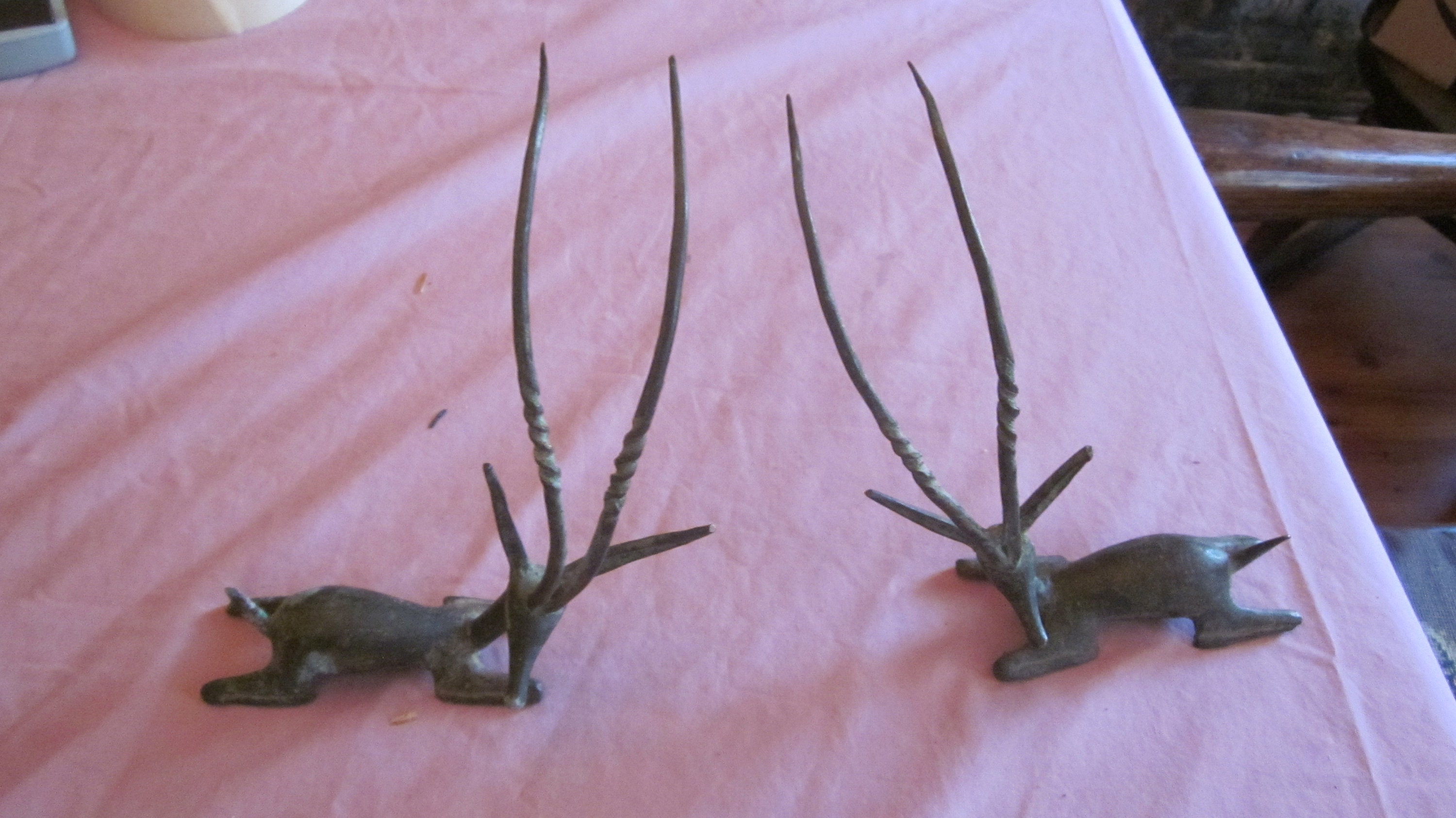
Spiral-horned antelope have small, low-crowned teeth. They can pick out high-quality foods such as fruits, seedpods, flowers, leaves, and bark. Giant eland are more active at night.Īs browsers, the muzzle of eland and kudu species is more slender and narrow than that of their grass-eating relatives.

They seek cover during the heat of day and groom themselves in the late afternoon.

In general, these antelope spend their day foraging, resting to ruminate, moving to another area, and standing alert. Common eland are found in southern, central, and eastern Africa, in savanna and woodland habitats. Common and giant eland live in savanna and woodland habitats of southern, central, and eastern Africa. Other kudu species live in thicket vegetation, dry woodlands, or savannas in eastern and southern Africa. Greater kudu are found in woodland and hilly areas of eastern, central, and southern Africa. They are able to eat a variety of food, depending on what's available, unlike mammals with more specialized diets. The six spiral-horned antelope species live in areas of Africa below the Sahara desert. In some parts of Africa, only half of spiral-horned youngsters live past six months. Leopards, cheetahs, and African wild dogs prey on subadults and calves. Bulls are often lost to lions, cows to spotted hyenas. If danger approaches, kudu and eland may freeze, run, or jump away, depending on the circumstance. Both bulls and cows have dewlaps, although these are much larger on the bulls.Īntelope are popular prey for Africa’s large carnivores. Thin, vertical white stripes on the side are barely visible. Both male and female eland, like these Patterson eland, have horns.Įland are light brown but may turn gray with age. The cows and calves are redder in color, which gives them better camouflage in their woodland habitat.

Lesser kudu also have white chevrons between their eyes and white patches on their neck. These help make them hard to find in the dappled sunlight coming through trees. Kudu have a sleek, brownish gray coat with vertical white stripes on the body. Lesser kudu are great jumpers and can leap over obstacles up to 8 feet (2.5 meters) high. But if you were to straighten out the spirals, the horns would be up to 35 inches (89.5 centimeters) long. From tip to tip, the horns can grow up to 28 inches (71 centimeters) long. Greater or Cape kudu bulls have the longest horns.

As its name suggests, the giant eland is the world's largest antelope. The spirals help the bulls lock horns with each other when engaged in fights over cows. In eland, the bulls' horns are always heavier and longer than the cows' and often have more spirals. Spiral-horned antelope bulls tend to be heavier and darker than the cows. The 13th Earl of Derby had a large, private zoo on the grounds of his home in England during the early 19th century. The giant eland is also known as the Lord Derby's eland. The horn material grows faster and thinner at certain times, and then thicker and slower at other times. So, how do the horns grow in a spiral? The twisting is a result of a growth pulse. In elands, the cows (females) have them, too. The bulls (males) have these impressive hood ornaments. Theodore Roosevelt once described greater kudu as "the handsomest of game animals." Greater kudu bulls are much larger than the cows, outweighing them by up to 220 pounds (100 kilograms).īuilt-in corkscrews: If an ungulate is called a spiral-horned antelope, you'd better believe it’s going to have a set of spiraling horns on its head! Kudu and eland fit this category.


 0 kommentar(er)
0 kommentar(er)
